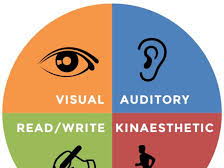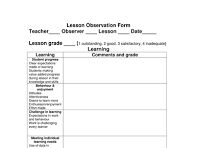Sam curran's Shop
A shop which mainly offers secondary school mathematics materials such as worksheets, revision materials and investigations. Also on offer are English Language resources in particular advice on essay writing. Finally, the shop also offers materials geared towards career education such as giving students advice on how to compose CVs, university personal statements and covering letters with templates and model examples provided.























